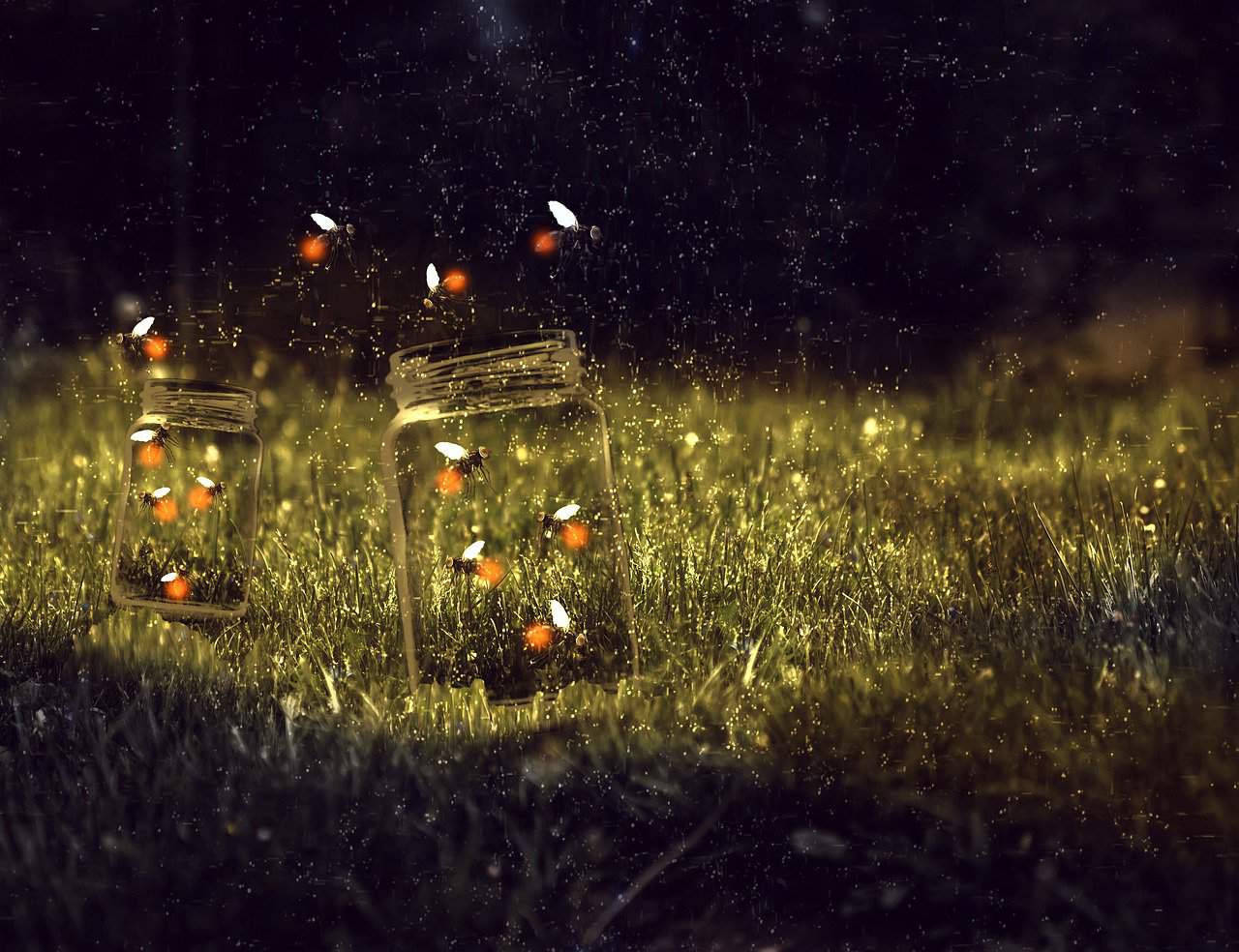by Tom Gilbert, Co-Executive Director, New Jersey Conservation Foundation
If ever there were creatures with the power to make a summer night magical, it would be fireflies – also known as lightning bugs.
Watching fireflies twinkling amongst the backdrop of wildflowers, shrubs, and trees on a warm summer night is a mesmerizing and awe-inspiring experience. These bioluminescent beetles use a chemical reaction in their bodies to flash signals to the opposite sex that they’re ready to mate. They are Mother Nature’s own fireworks!
But if it seems to you that there aren’t as many fireflies now as there were a couple of decades ago, you’re not alone. All around the world, people are noticing fewer of these “jewels of the night.”
“Anecdotal reports from around the globe describe fewer individuals being seen each year,” according to the Xerces Society, a nonprofit working to conserve insect biodiversity.
However, there have not been many studies tracking firefly species, so there’s little information about where the declines are occurring and how severe they are.
“It’s hard to get great numbers because of the amount of sampling you’d need to do,” explained Dr. Jon Gelhaus, a Camden County resident and an entomologist at the Academy of Natural Sciences of Drexel University in Philadelphia. “There’s concern by people who study fireflies that they’re in decline – some species in some areas.”
“I think there’s some variation in years,” he added. “We’ve had years (in New Jersey) when fireflies were incredible, and years when they were not.”
The next few weeks will tell what kind of year 2023 will be in New Jersey, as most adult fireflies emerge from the ground in late June through July. The only goal of these emerging adults is to mate and lay eggs; they will not live to see another season.
Worldwide, there are an estimated 2,400-plus firefly species. New Jersey has about 21, including two that were just recently described as new to science! Not all are nocturnal and not all are luminescent. Two of the most common in this state we’re in are the eastern firefly, also known as the “big dipper” (Photinus pyralis), and the Pennsylvania firefly (Photuris pensylvanica).
Of the luminescent fireflies, said Dr. Gelhaus, each has its own distinctive pattern of flashes. Some have a greenish-yellow glow, while others have a more amber-yellow color. Some firefly species stay low to the ground, some prefer to fly high in the trees, and others stay mid-canopy.
“It’s pretty cool. They’re not only flashing light, but doing it to find each other,” said Dr. Gelhaus. “The males are flashing to females, and the females are answering.”
He suggests that firefly watchers observe carefully to see how many different flash patterns, colors and flying levels they can identify.
A 2020 study in the journal Bioscience identified habitat loss/change, light pollution, and pesticide use as the most serious threats to firefly populations. Conducted by researchers at Tufts University and the International Union for Conservation of Nature, the study warned that fireflies could eventually face extinction because of these threats.
How can you help fireflies? There are several ways, according to Firefly Conservation & Research, and other experts:
- Turn off or reduce outside lights at night – Studies indicate that too much light from houses, streetlights and other sources makes it harder for fireflies to see the flashes from potential mates.
- Let leaf litter and twigs accumulate – If you’re looking for a good excuse not to rake leaves in the fall, here it is! Fireflies thrive in places with decomposing leaf litter and branches on the ground, so keep things natural in at least part of your yard.
- Avoid pesticides and lawn chemicals – To help fireflies survive, don’t use broad-spectrum pesticides or lawn chemicals. During their larval and pupal stages, fireflies live underground and feed on other invertebrates, including slugs, snails and worms. Pesticides and lawn chemicals can poison both the fireflies and their food sources.
- Don’t over-mow your lawn – Fireflies mainly stay on the ground during the day, and frequent mowing may disturb their populations. Consider incorporating areas of long grass into your landscaping, as fireflies prefer to live in taller grasses.
- Protect their habitats – Fireflies do well in damp habitats around ponds, streams and wetlands – places that also support many other species. These areas must be kept in their natural state, as it is illegal in New Jersey to disturb wetlands and their buffers.
To learn more about fireflies, go to the Xerces Society website at https://www.xerces.org/endangered-species/fireflies or the Firefly Conservation & Research website at https://www.firefly.org/.
And for more information on preserving New Jersey’s land and natural resources – including places where fireflies and other insects can thrive – visit the New Jersey Conservation Foundation website at www.njconservation.org or contact me at [email protected].

